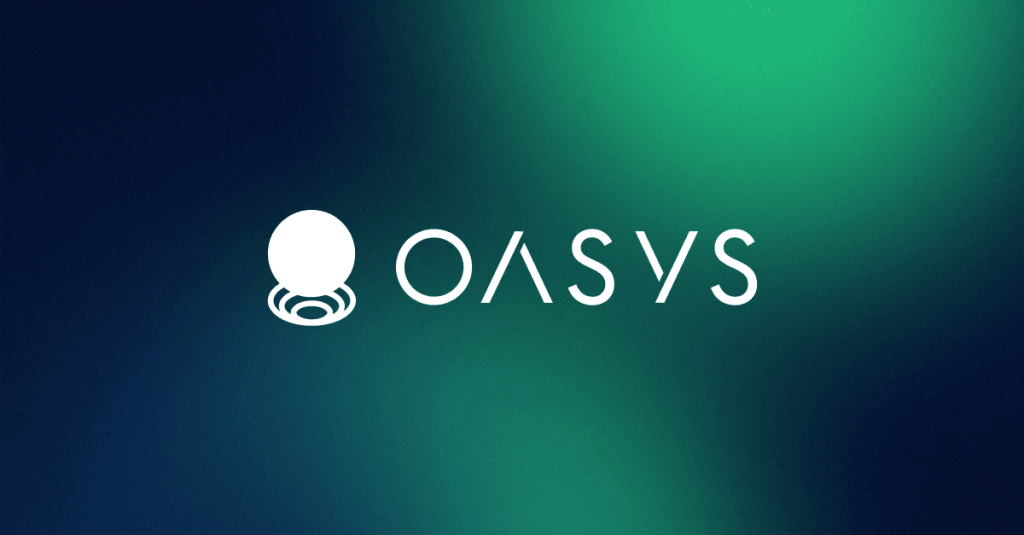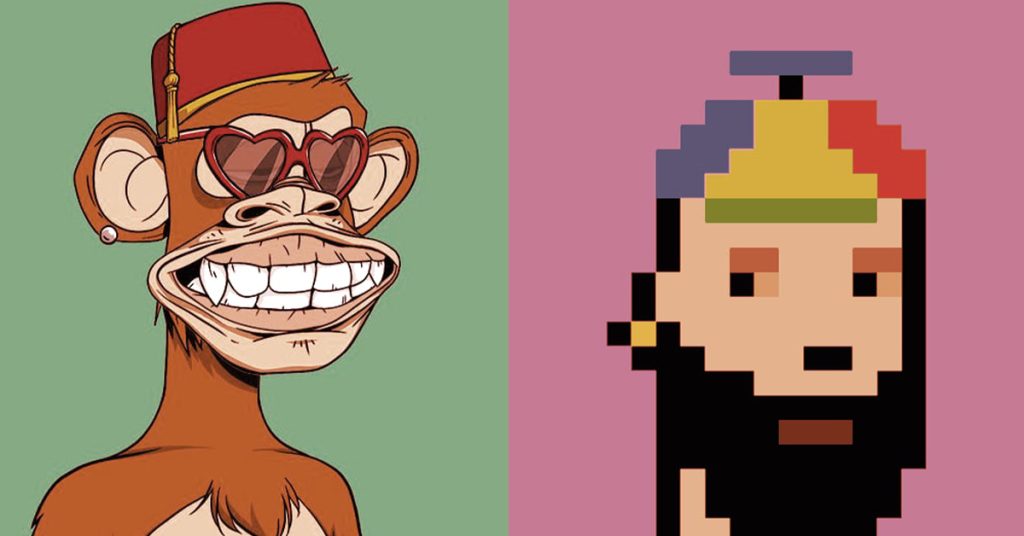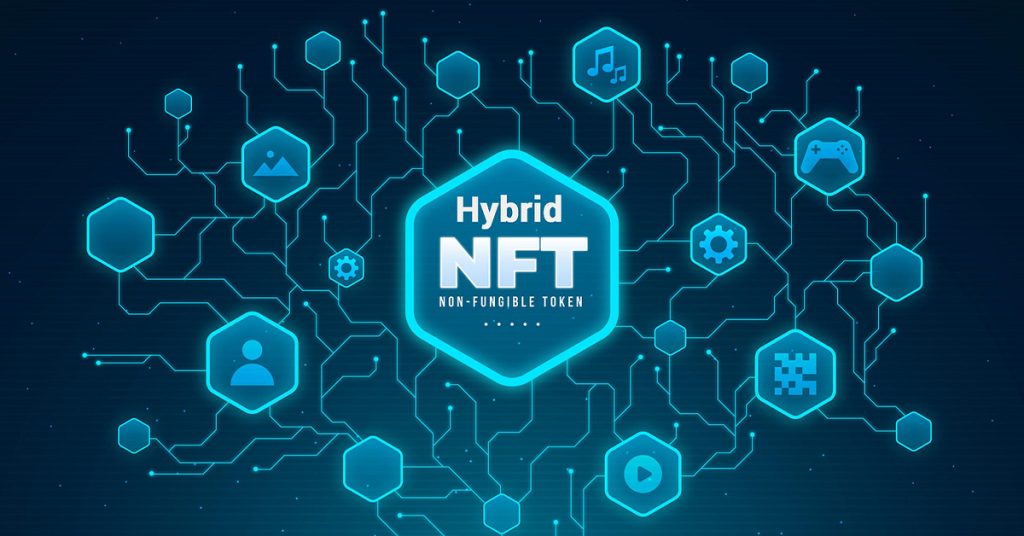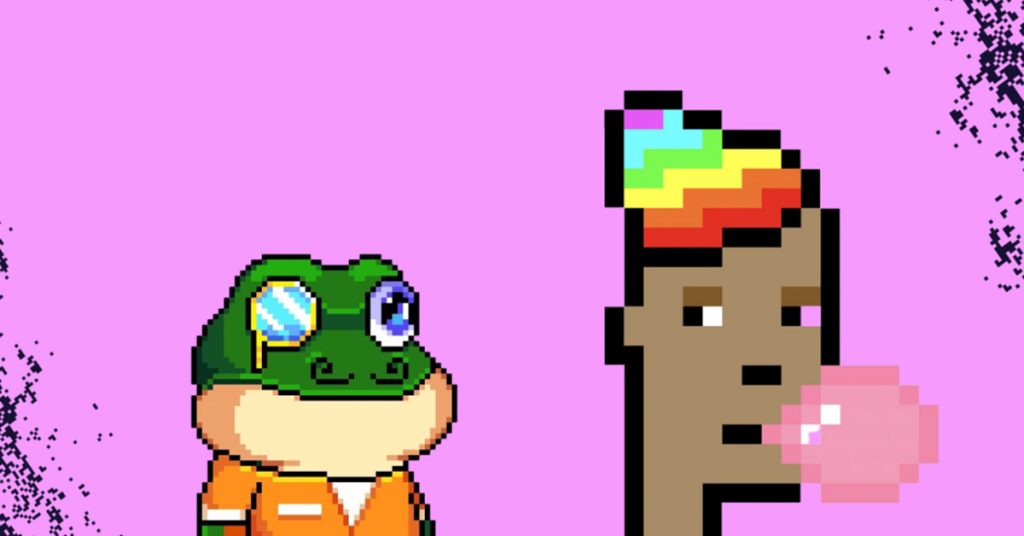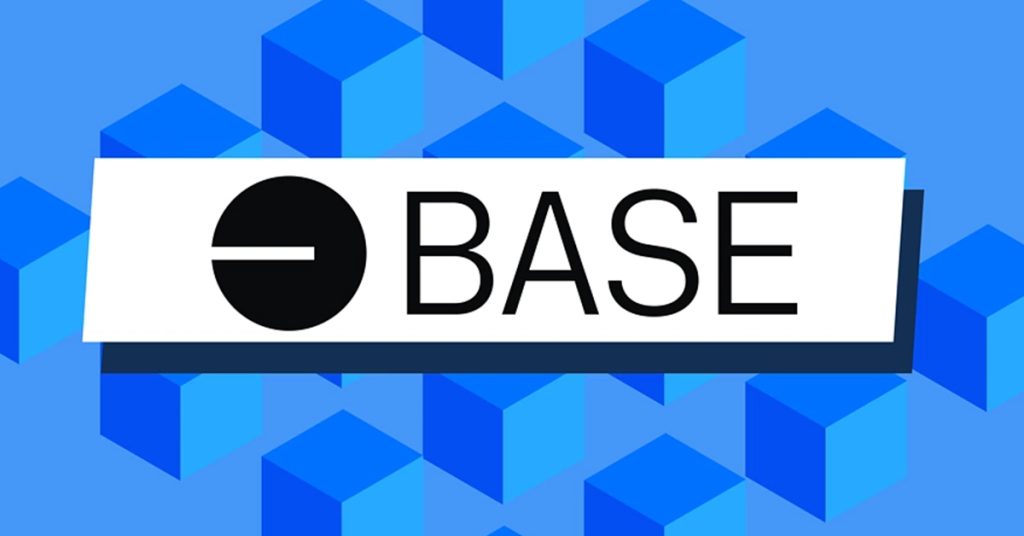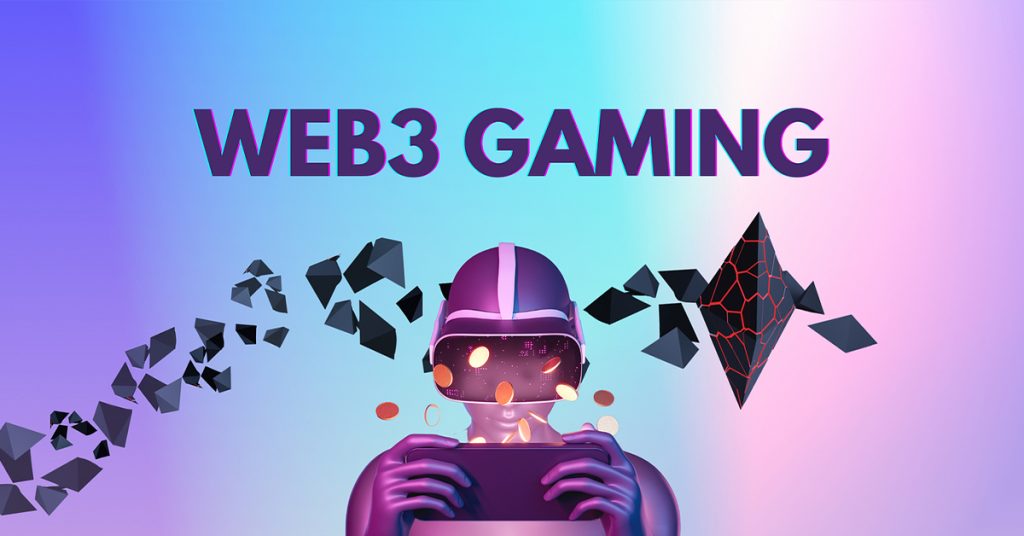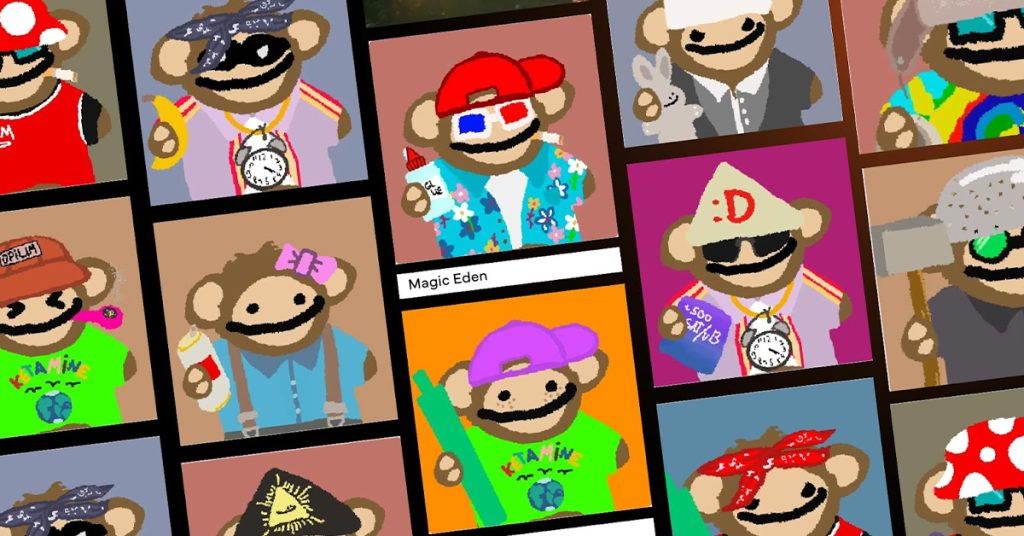Top 6 Cardano NFTs
Cardano NFTs
The past couple of weeks have been a busy time in the Cardano ecosystem, and the NFT part of it is no exception.
There was a sudden increase in media attention on all things Cardano and a jump in the price of ADA, although those gains reversed in line with the overall crypto crash. Still, when the market is down is when building happens, and the NFT community is more active than ever.
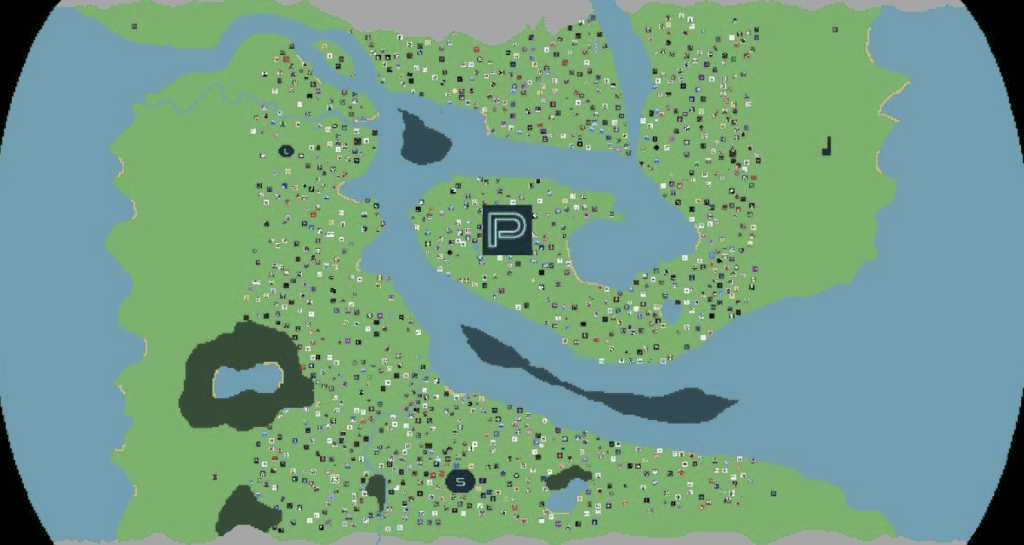
As mentioned here before, Pavia is the biggest metaverse project being built on Cardano, and this month it finally received broader media attention, including a feature in the tech section of Britain’s biggest tabloid newspaper, The Sun.
Land parcels more than quadrupled in cost but have since cooled off slightly, with the cheapest trading recently around 900 ADA.
You can also pick up the native token $PAVIA on the MuesliSwap exchange, where it currently trades at around $0.12. You probably remember when $SAND and $MANA traded at those prices before last year soaring in value, and you have to wonder what $PAVIA could do in a future cycle.
Pavia’s final land drop is scheduled to take place around the beginning of February, with 40,000 plots still to sell.

Currently scooping up blue chip Cardano NFTs is Rats DAO, the first DAO that specializes in acquiring and fractionalizing Cardano NFTs.
Starting low-key, the DAO dropped 1,000 genesis NFTs, immediately garnered more attention, and then dropped a further 3,000 regular membership NFTs, with a further 6,000 membership NFTs still to follow.
Ownership of these NFTs (both genesis and regular) will entitle holders to a share of $RAT tokens, which are yet to be minted, along with governance votes and, of course, part ownership of all NFTs acquired by the DAO.
The biggest splash came when the DAO bought a Berry NFT for 115,000 ADA. Berrys were the first 100 NFTs minted on Cardano and are incredibly scarce.
Besides the Berry, the DAO has been focused up to now on picking up SpaceBudz, ClayMates and DEADPXLZ (three of the most highly regarded Cardano NFT collections).
Rats DAO Genesis NFTs
If you buy a Rats DAO NFT on secondary then check whether you’re getting a regular membership or a genesis NFT. The latter are numbered from 00000 to 00999, garner their owners more $RAT tokens and further benefits, and are more expensive.
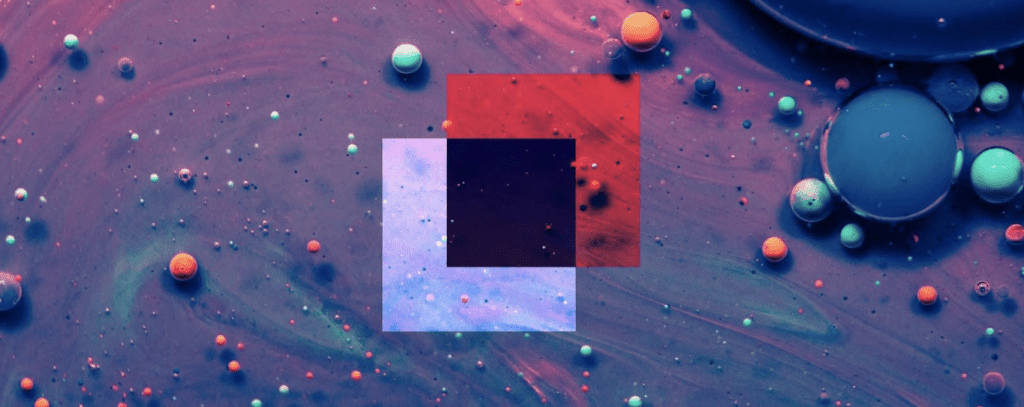
Artifct Moon is another metaverse-oriented project, but this time selling plots on the moon, created by mapping the actual moon, so they should be realistic virtual renderings.
Only 5,000 plots were created so each one is huge, and they currently sell for about a third the price of a Pavia plot. The Artifct team aims to create both a metaverse and an NFT marketplace, but it’s still at a very early stage, so this is highly speculative.

This cute and clean-looking OG project had been going through a quiet phase but has drummed up attention this week with a series of announcements, including news of a play-to-earn game, a marketplace, DeFi and DAO governance, and an upcoming $YUMMI token that will be airdropped to holders of certain NFTs, along with NFT staking to earn tokens.
According to their latest announcements, you’ll need Series One, Series One Trading Cards, or Yummi Coin NFTs to receive an airdrop, and Naru or Seasonal Naru NFTs if you want to participate in staking.
Mocossi

This collection initially received criticism for looking too similar to Yummi Universe, but, well, paying homage is not unusual in the world of NFTs.
That aside though, Mocossi is now on its own path, with plans for a play-to-earn game, Mocossi Planet, the plans for which have been laid out in a detailed whitepaper.
<h2 id=”cornucopias”>Cornucopias
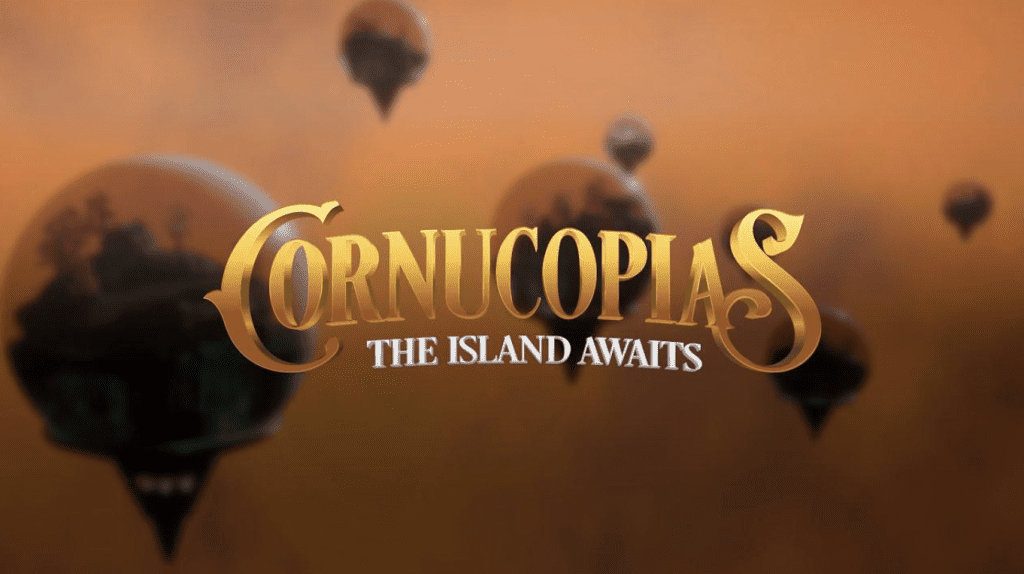
This is an ambitious gaming project that hasn’t yet received wide attention. It will be play-to-earn and build-to-earn, incorporating NFT assets and a native governance token, $COPI. Although the game is being built on Cardano, $COPI is a Binance Smart Chain token and is available on Pancake Swap.
JPG – The New Cardano NFT Marketplace
For a long time (in NFT standards, ie, a few months), CNFT was the biggest Cardano NFT marketplace, but newer rival JPG Store has since caught up, thanks in part to its quick implementation of smart contract sales.
CNFT has, in response, upgraded its UX significantly, with smart contracts becoming the standard, so both marketplaces are now working smoothly.
The Wider Cardano NFT Ecosystem
Being part of a healthy ecosystem is of great benefit to Cardano’s NFT space and enhances the prospects of big projects such as Pavia (which in return improves the health of the ecosystem), so it’s worth mentioning a few other things.
First, there’s SundaeSwap. This is Cardano’s first Automated Market Maker DEX (similar to Uniswap), leading Cardano’s progression into DeFi. It’s launch was not without hitches–namely, heavy congestion on the network–however, this was anticipated and warned about by the SundaeSwap team itself, and it’s no secret that efficient scaling is the next part of the Cardano plan.
Regarding scaling, Hydra is a layer 2 Cardano scaling solution that is expected some time this year, and reportedly could enable the network to process up to 1 million transactions per second, or, for comparison, about 15 times what Solana is currently capable of.
And then there’s Milkomeda, a sidechain that will allow dApps written in Solidity to be deployed on Cardano. Essentially, this means Ethereum dApps can launch on Cardano, bringing a greater number of developers to Cardano and facilitating a multi-chain system.
Follow Sam on Twitter.


